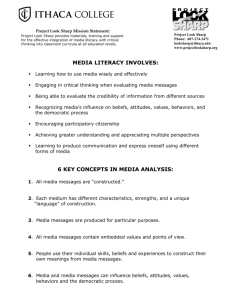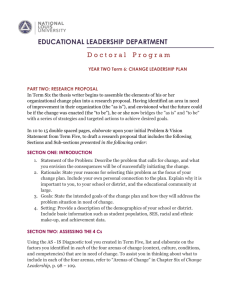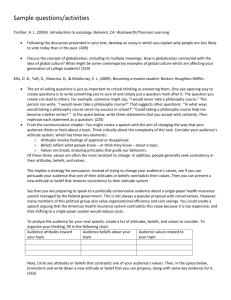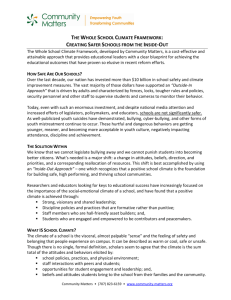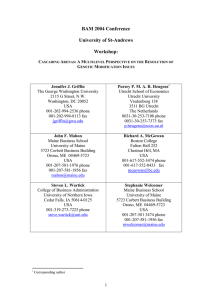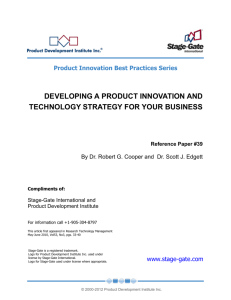to this activity.
advertisement
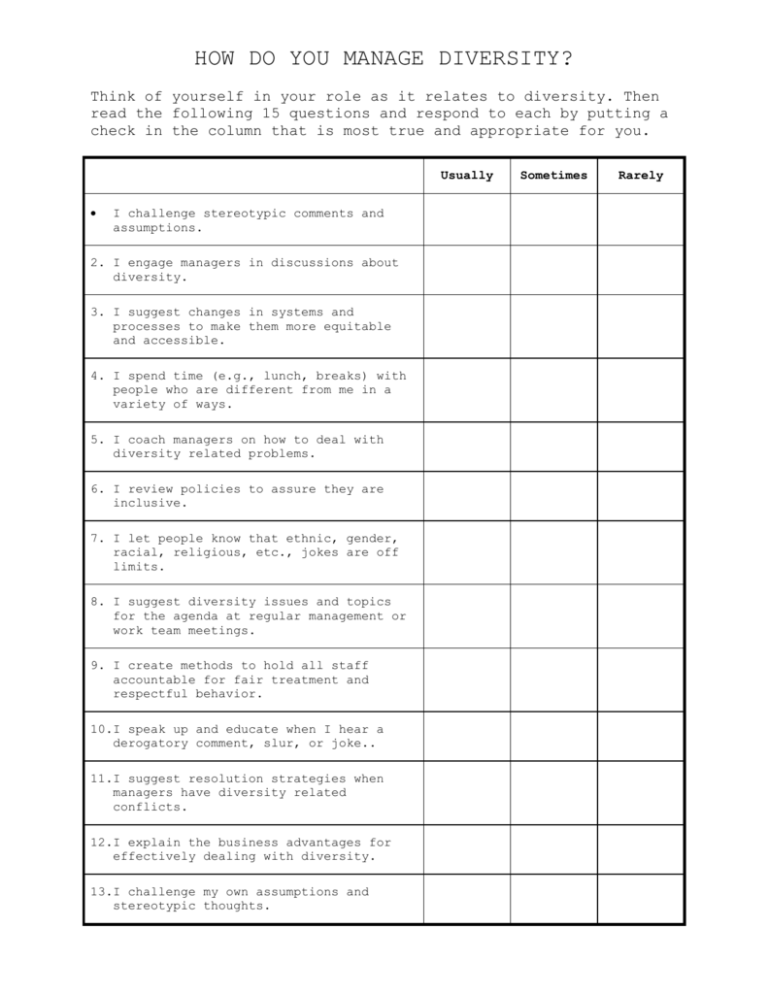
HOW DO YOU MANAGE DIVERSITY? Think of yourself in your role as it relates to diversity. Then read the following 15 questions and respond to each by putting a check in the column that is most true and appropriate for you. Usually I challenge stereotypic comments and assumptions. 2. I engage managers in discussions about diversity. 3. I suggest changes in systems and processes to make them more equitable and accessible. 4. I spend time (e.g., lunch, breaks) with people who are different from me in a variety of ways. 5. I coach managers on how to deal with diversity related problems. 6. I review policies to assure they are inclusive. 7. I let people know that ethnic, gender, racial, religious, etc., jokes are off limits. 8. I suggest diversity issues and topics for the agenda at regular management or work team meetings. 9. I create methods to hold all staff accountable for fair treatment and respectful behavior. 10.I speak up and educate when I hear a derogatory comment, slur, or joke.. 11.I suggest resolution strategies when managers have diversity related conflicts. 12.I explain the business advantages for effectively dealing with diversity. 13.I challenge my own assumptions and stereotypic thoughts. Sometimes Rarely 14.I give managers suggestions about ways to make the work environment more inclusive. 15.I speak publicly and supportively about the organization's diversity plans and initiatives. © Gardenswartz & Rowe Scoring: Usually: 2 points; Sometimes: 1 point; Rarely: Individual attitudes and beliefs; items 1, 4, 7, 10, 13 ________ Managerial skills and practices; items 2, 5, 8, 11, 14 ________ Organizational values and policies; items 3, 6, 9, 12, 15 ________ Total 0 points ________ Three Arenas for Managing Diversity INDIVIDUAL ATTITUDES AND BELIEFS MANAGEMENT SKILLS AND PRACTICES CHANGE ORGANIZATIONAL VALUES AND POLICIES To manage diversity effectively one needs to attend to three arenas simultaneously. First, because organizations’ effectiveness and productivity depend on the human beings who work in them, there is a need to focus on individual attitudes and beliefs that affect interpersonal interactions. How open are employees to people who are different? How comfortable is staff with change? How much do employees know about the cultural norms of groups they serve? What are individuals’ assumptions about various groups on staff or in the community? Helping staff understand and deal with these expectations and beliefs that are played out everyday in relationships on the job is step one. Beyond the individual level is the critical interface between the organization and employees through management practices and skills. How do managers build teams of diverse staff? Do they have the skills to coach and develop diverse employees? Can managers facilitate the resolution of conflict between staff members? Coaching and creating opportunity for managers to increase their competence in these areas is a second area of focus. Finally, it is essential to address the organizational level. Are the values, norms and policies of the institution in harmony with diversity? How can diversity be seen as an asset that can help the company achieve its strategic objectives? Working to create organizational policies that encourage diversity, hold people accountable and reward inclusiveness is a third aspect of managing diversity. Suggestions for Using “How Do You Manage Diversity” Objectives: To increase understanding of methods to influence diversity related culture change To assess one’s influence in each of the three arenas of change Intended Audience: Diversity managers, coordinators and directors Members of diversity councils, task forces, and committees Leaders and managers in diverse organizations Time: 45 to 60 minutes Materials: Copies of “How do You Manage Diversity” worksheet Pens/pencils Processing the Activity: Facilitator gives a brief lecturette on the three arenas of change necessary in managing diversity: Individual Attitudes and Beliefs, Managerial Skills and Practices, and Organizational Values and Policies Facilitator introduces the activity by asking participants to share the one most important effective thing they’ve done to change the culture of their organization. Facilitator then distributes the questionnaire, explaining the objectives and giving directions. Participants respond to the questionnaire and score their own. In pairs, participants share strengths, weaknesses, obstacles, and areas of needed improvement pointed out by the questionnaire. Facilitator leads a total group discussion of reactions, learnings, and suggestions for increasing influence and effectiveness. Questions for Discussion: In which arenas do you find your greatest strengths in influencing culture change? What obstacles do you encounter? What steps do you need to take to be more effective in influencing change? What would be an important next step for you to take to increase your ability to influence change? Caveats, Considerations, and Variations: High and low scores by arena can be charted to get a picture of the group’s strengths and weaknesses. Poll the group and have participants “vote” for their highest and lowest scoring arenas. HIGH LOW Individual Attitudes and Beliefs Managerial Skills and Practices Organizational Values and Policies The whole group can brainstorm suggested strategies for the arena in which most participants scored lowest. Participants can be divided into three groups, each with group brainstorming obstacles in one particular arena and suggested strategies and actions that would overcome those obstacles.

